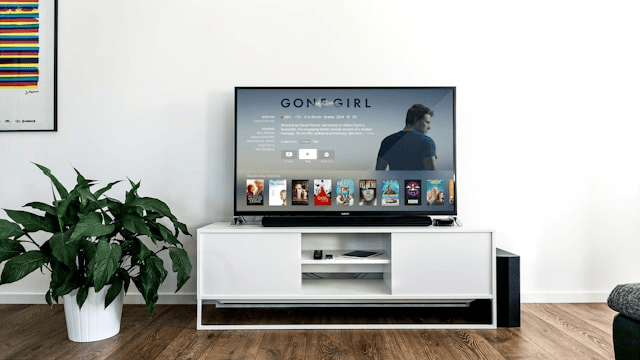Every TV fan knows the heartbreak of getting hooked on a promising show only to find out it’s been canceled after just one or two seasons. Whether it’s a gripping drama, a quirky comedy, or a high-concept sci-fi series, some shows end far too early, often leaving devoted fans confused and disappointed. But why does this happen?
In this article, we’ll explore why TV shows get canceled too soon, including behind-the-scenes industry reasons, network pressures, and shifting viewer habits. We’ll also look at examples of short-lived series that gained cult status and how some shows have even made miraculous comebacks.
Low Ratings and Viewership
One of the most common reasons shows get canceled early is low ratings. Traditional TV networks rely heavily on ratings data especially from Nielsen in the U.S. to determine whether a show is bringing in enough viewers to justify its time slot and production cost.
Even if a show is critically acclaimed, if it doesn’t attract a large enough audience, advertisers lose interest, and the network may decide to cut its losses. Streaming platforms work differently but still monitor viewer metrics closely, such as completion rates, engagement, and new subscriber acquisition tied to a show.
Example: Freaks and Geeks was beloved by critics and has since become a classic, but its low ratings during its original run on NBC led to its cancellation after just one season.
High Production Costs
Some shows are simply too expensive to keep alive, especially if their production costs outweigh the revenue they generate. High-budget shows often rely on big set designs, special effects, or star-studded casts, which can make them difficult to sustain unless they become massive hits.
Networks and platforms are businesses at their core, and a show that’s burning money even if it has a loyal fanbase may not be financially viable.
Example: The Dark Crystal: Age of Resistance was visually stunning and praised for its artistry, but its high production costs likely contributed to Netflix pulling the plug after just one season.
Poor Marketing or Unfavorable Time Slots
Even great shows can fail if no one knows they exist. Without proper promotion or visibility, a new series may struggle to find an audience. Likewise, a bad time slot like late-night or weekend afternoons can significantly impact viewership.
If a show debuts with little fanfare or is buried in the schedule, it might never reach its potential audience, leading to an early exit.
Example: Firefly, one of the most famous canceled too soon TV shows, suffered from a poor time slot and episodes being aired out of order. It was canceled after just 14 episodes but later developed a huge cult following.
Network and Platform Politics
Sometimes, the decision to cancel a show has less to do with performance and more to do with internal shifts at a network or streaming platform. Changes in leadership, corporate mergers, or new strategic goals can cause promising shows to be abandoned.
In other cases, creative clashes between producers and executives can derail a show’s future. If the vision doesn’t align, the network might decide to walk away.
Example: The OA was a bold, original series that built a loyal fan base on Netflix. Despite strong fan support, it was canceled after two seasons, reportedly due to internal changes and shifting priorities within the company.
Changing Audience Preferences
TV trends change quickly. A genre or style that’s in vogue one year may be out of favor the next. Some shows are simply ahead of their time or too niche to appeal to mainstream viewers when they first premiere.
As tastes evolve, networks may pull the plug on shows that don’t immediately click with large audiences, even if those shows later gain appreciation.
Example: Pushing Daisies had a unique tone and visual style that made it stand out but it struggled to find a mainstream audience and was canceled after two seasons. Years later, it’s widely recognized as a gem that ended far too soon.
Fan Response and Revival Stories
The good news is that fans aren’t always powerless. In recent years, vocal audiences have successfully lobbied to bring back shows that were canceled prematurely. With the rise of social media and online petitions, fan campaigns can make enough noise to influence network decisions.
Streaming platforms have also revived shows that originally aired on traditional TV, recognizing their potential for binge-watching and long-term value.
Conclusion
There’s no single reason why good shows get canceled. Often, it’s a combination of low ratings, high costs, limited marketing, and internal politics. At the end of the day, the TV industry is a business and even the most beloved or innovative series can fall victim to budget cuts or shifting strategies.









